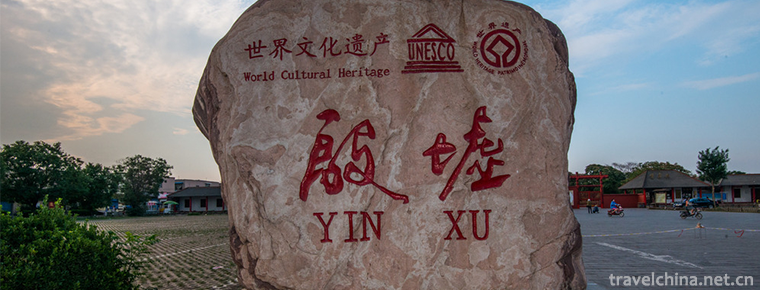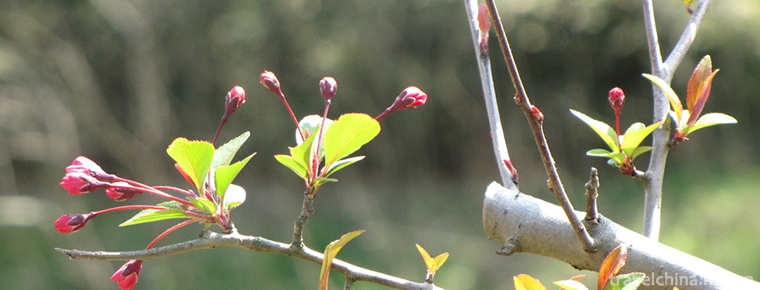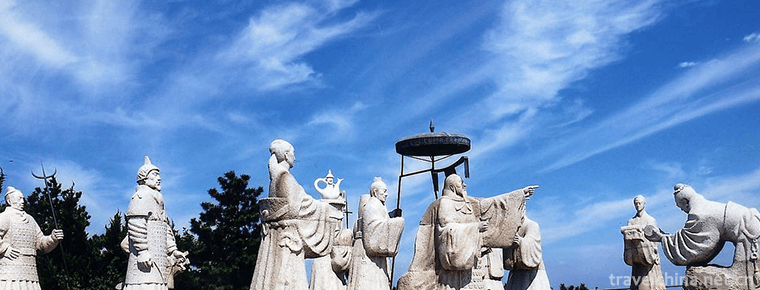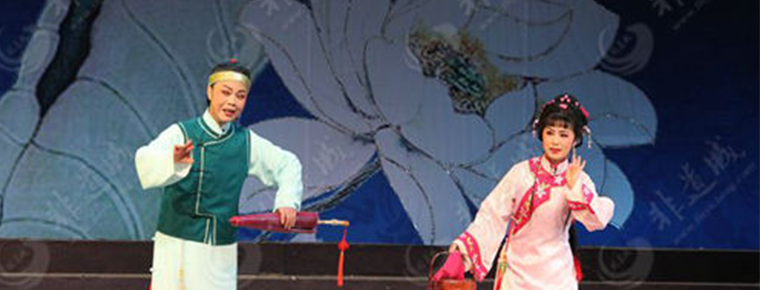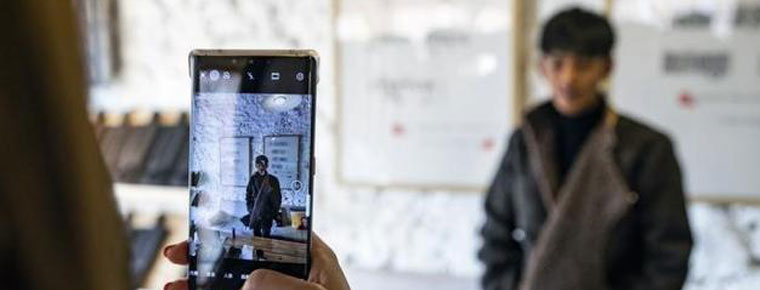Daur traditional Hockey
Daur traditional Hockey
Daur's traditional hockey sport is called "Bei Kuo Taj Ke Bei" in Daur language. Bei Kuo refers to a bat. The Daur bat is made by grinding oak wood with curved roots and straight branches. In Dalian, the ball is called "Park Le". Its size is like baseball. There are three kinds of balls: wooden balls, wool balls and fireballs. Occasionally, bone balls are also used. Wood balls are made by grinding oak roots; hair balls are made by rubbing animal and animal hair; fireballs are mainly used for night sports. They are made of hardened white bacteria growing on birch trees. Their shells are hard and hollow. The balls are perforated through several holes, injected with light, and the fireworks will not extinguish after ignition.
On May 20, 2006, the heritage was approved by the State Council and listed in the first batch of national intangible cultural heritage list.
brief introduction
The Daur people living on the Nenjiang River in northern China loved hockey very early. Hockey is the favorite traditional sport of the Daur people. It has a long history and has been spread among the people. In Daur, hockey is called "Bolley" and hockey is called "Boeykuo" or "Beikuo".
Due to the long and cold winter, the Daur people have a special preference for sports called Boyikuo. Hockey sticks are made from oak trees grown on the local hills. The batting part is long and flat, like a hockey club. The Daur hockey team has won many awards in domestic and international competitions. The self-made flag of Molidawa Daur is called "Hockey Town", and the Daur area has become the birthplace of modern Chinese hockey.
Tracing to the source
According to historical records, the ancient Qidan people of Liao Dynasty in China loved hockey best. The Tang and Song dynasties before Liao Dynasty were also very popular. The names of the pioneers of hockey in ancient China can not be verified, but it is certain that, at least in the early Tang Dynasty more than a thousand years ago, the ancient hockey sport has been prevalent. A colorful vase of the Tang Dynasty in the existing British Museum and an embroidered silk silk silk in the existing Japanese Orthodox Courtyard are all painted with patterns of children playing hockey in the Tang Dynasty.
Surprisingly, all hockey players were women at that time. The Tang Dynasty palace lyrics contained the phrase "paving two sides of the palace, playing football in the cold food palace". The football here refers to hockey. On the day of Cold Food Festival, the women of that time went to the palace to perform hockey for the emperor.
The football games of Tang Dynasty and Northern Song Dynasty, as well as the Boyikuo of Daur nationality, are very similar to modern hockey. The image of "football" can also be seen on two tapestries of the Tang Dynasty preserved to this day (now preserved in Beichang, Zhengcang Yard, northwest of the Buddhist Temple in Nara, Japan). The shape of the bat used by the Daur people is similar to that used by the "step playing" bat on the felts of the Tang Dynasty. Besides length and weight, it is also similar to modern hockey.
With the passage of time, this movement disappeared in other nationalities of our country. Only Molidawa was handed down from generation to generation by the Daur people and became the most popular sports movement among the Daur people. Nowadays, this hockey sport is mainly distributed in the Daur community of Molidawa Daur Autonomous Banner in Inner Mongolia. Locals call the game Boyko, meaning "bent stick". They call the ball "wave train".
Sports characteristics
The rules of wide play are similar to those of hockey today. There is a battalion gate at each end of the stadium. There are 11 players in the two teams and one keeper in each team. There were two guards in front of the door, and the others attacked each other. Starting from the center of the court, scoring in the opponent's battalion is the score, and the winner is the one who scores more. A referee is in charge of the referee's work on the court. Young people play wool and young people play wooden. On bright spring nights, young people often hold fun fireball matches on the broad lawn beside the village. This form of hockey is especially attractive to the audience. A fireball fired by players on both sides. Flying back and forth, forming a line of fire that pierces the night sky, the viewer can not help but give out cheers at this time and then. Playing hockey is much more intense and dangerous than playing other balls. However, it is this hockey sport that fosters the courage and indomitable fighting spirit of Daur men.
Daur traditional hockey competitions are mostly held in the clan (Mokun) and village villages during major festivals, rallies or idle hours. The venues are mostly in flat grasslands or open areas in villages. There is no uniform regulation on the size of the venues. There is a goal at each end of the venue. The number of the two teams participating in the competition is equal, and the winner is the one who scores more goals. The rules of the game stipulate that the ball should not be grabbed and hit from the left side, that the bat should not be used to hit or mix people, and that the ball should not be pushed by hand or kicked by foot except the goalkeeper.
Hockey and Folklore
Along the Nenjiang River in northern China, the ancient hockey sport is in full swing. Even after spring sowing, local Daur farmers use wooden sticks to poke a horse dung egg around as hockey.
Hockey is very popular in Molidawa. No matter men or women, young or old, they can play with sticks and balls in spring, summer, autumn and winter. Every Festival and festive day, each "Mokun" (tribe) has to send experts to compete. Hockey is also closely related to the life of Daur people. Girls used to take a beautiful club when they got married to show their admiration and expectations for their sweethearts.
Some vivid metaphors in the Daur language are also related to hockey. How can hats be thrown around like hockey? The Daur people often use the analogy of timber and people who do not want to make progress: "It's really a crooked piece of wood, and it's only for hockey sticks." If you want to sarcasm the incompetent, you often say, "Even hockey can't do, what else can you do? "
Inheritance significance
With a long history of traditional sports and a deep mass base, Molidawa established the first professional men's hockey team in 1975, nurtured the first International Hockey referee and the first international women's hockey referee in China, and delivered a large number of excellent coaches and athletes to the country and more than a dozen provinces and municipalities. Dozens of them became the main players of the national team and became the modern Chinese hockey team. The cradle of ball games.
reputation
In 1986, the National Sports Commission officially named the Molidawa Daur Autonomous Banner as "Hockey Town" in view of the outstanding contribution made by the Daur nationality to the Chinese hockey sport. Nowadays, hockey has become the "national soul" of the Daur people, and those who win honor in the flag are regarded as "national heroes".
The state attaches great importance to the protection of intangible cultural heritage. On May 20, 2006, the intangible cultural heritage was approved by the State Council and listed in the first batch of national intangible cultural heritage list.

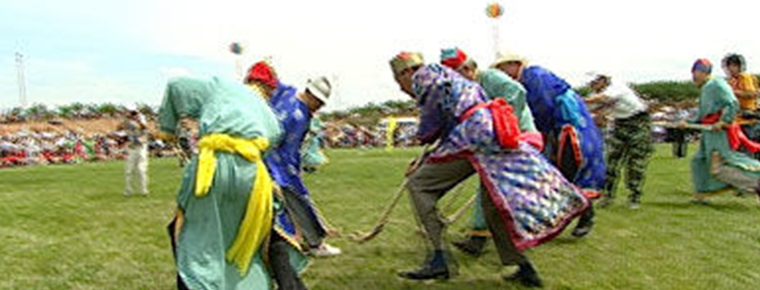
-
Yin Ruins Scenic Area (Yin xu)
Yin Ruins, formerly known as "Northern Mongolia" , is the ruins of the capital city in the late Shang Dynasty of China, located in Anyang City, Henan Province.
Views: 200 Time 2018-12-09 -
Gucun Park Shanghai
Gucun Park is located in Gucun Town, Baoshan District, from north to Shapu, south to Jiazaobang, and adjacent to Huanbei Avenue of the Outer Ring Road,.
Views: 92 Time 2018-12-19 -
Langyatai Scenic Area
Langyatai Scenic Spot belongs to Qingdao Langyatai Provincial Tourism Resort (established in December 1995 with the approval of Shandong Provincial People's Government with a planned area of 9.8 squar.
Views: 182 Time 2019-01-29 -
Lake Opera
Huzhou Tanhuang, originally known as Huzhou Tanhuang, is a traditional local opera. It is mainly popular in Huzhou, Jiaxing, Yuhang and Linan of Hangzhou, Wujiang and Yixing of Jiangsu, Guangde of Anh.
Views: 119 Time 2019-05-03 -
Jiali Folk Stories
On May 23, 2011, Jiali Folk Stories were approved by the State Council to be included in the third batch of national intangible cultural heritage list..
Views: 380 Time 2019-05-05 -
Wudang Shenju
Wudang Shenxi Opera is a kind of traditional opera in Xijiadian Town, Danjiangkou City, Hubei Province. It has a history of nearly 400 years since the Wang family absorbed Wudang culture and the music.
Views: 325 Time 2019-06-30 -
Zhongyuan Festival Chao Ren Yulan Winning Club
Chao Ren Yulan Sheng Hui is a traditional folk custom and folk belief activity. The fifteenth day of the seventh lunar month is commonly called "ghost festival" in Hong Kong. It is said that.
Views: 170 Time 2019-08-10 -
Hefei Normal University
Hefei teachers college is located in Anhui province. Hefei City It is the first batch of "national special needs professional degree postgraduate" training pilot units, "national traini.
Views: 170 Time 2019-11-12 -
Ganzi milk dregs
The traditional biscuit snack "Tui" is made of milk dregs and butter. And made from milk dregs. After the milk i.
Views: 198 Time 2020-12-06 -
A city with a fire by one Cold thinking behind Ding Zhen hot
With the popularity of microblogging for nearly seven months, the popularity of microblogging has been created for a long time. At the same time, the hometown of Ding Zhen, Litang County, Ganzi Tibetan Autonomous Prefecture, also ushered in several times the search volume and real gold and silver tourism orders..
Views: 74 Time 2020-12-07 -
Mineral resources in Suining
The mineral resources with more reserves in Suining City mainly include oil, natural gas, well salt, placer gold, limestone, etc., especially natural gas and brine resources. Suining has developed and utilized 7 kinds of mineral resources, including shale mine.
Views: 195 Time 2020-12-16 -
Guangan Railway
Guang'an has five passenger railway stations (Guang'an station, Guang'an south station, Yuechi station, Huaying station and wusheng station). Among them, Guang'an station is an important material and passenger distribution center in eastern Sic.
Views: 200 Time 2020-12-19
